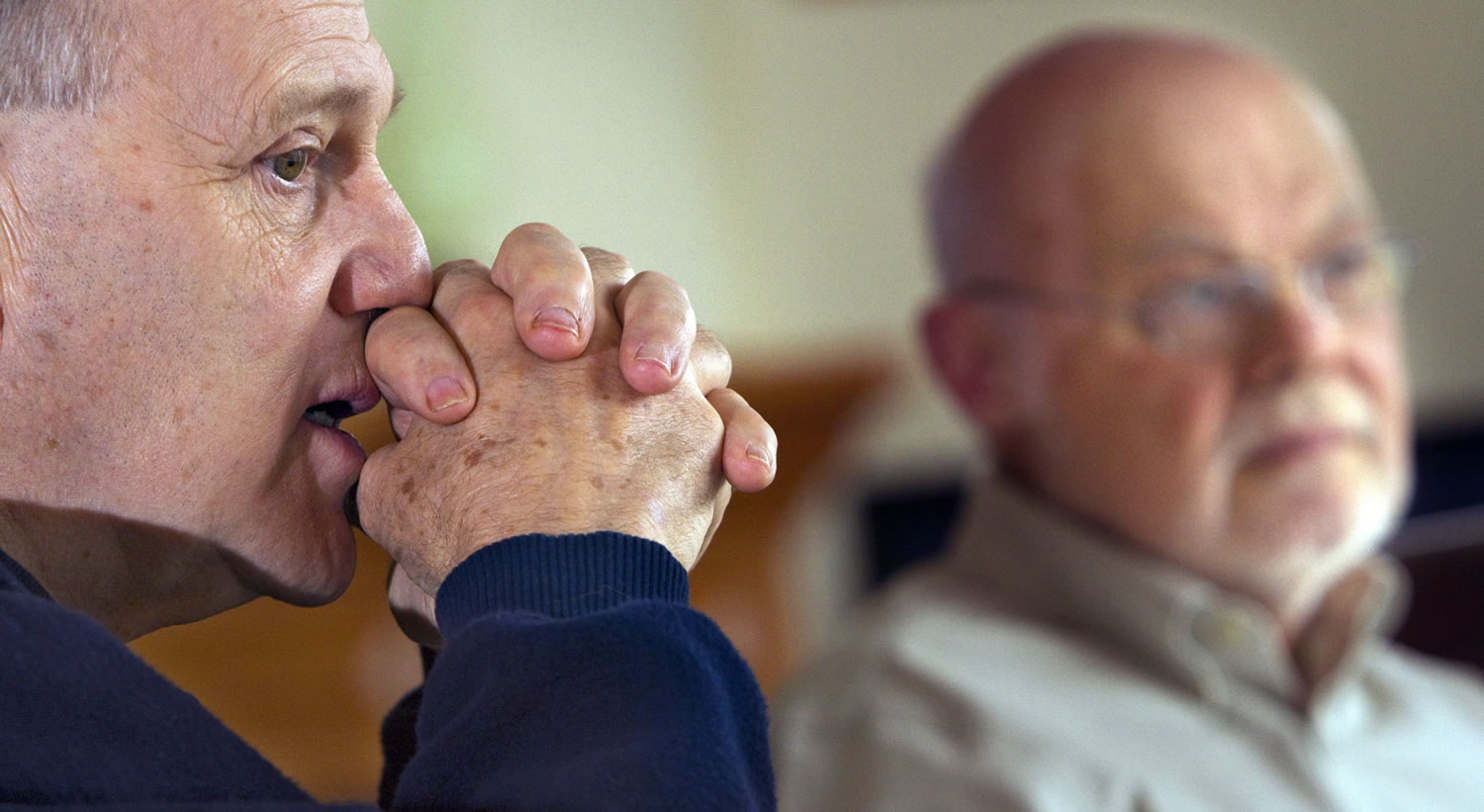Ten years ago, Boeing had a unit of 1,200 engineers in Everett designing electronic controls for all its airplanes, and a plant in Texas where another 1,200 people built the hardware.
The company created the unit in the early 1980s because all the systems on a modern jet — including the electrical, hydraulics, engine, fuel, cabin air and flight-control systems — are managed by electronics.
“It was a strategic move to control the electronics itself,” said Dwight Schaeffer, a former senior manager at Boeing Commercial Electronics.
Yet as Boeing launched the 787 Dreamliner program in 2003, management dispersed all those Everett engineers, outsourced their work, then sold off the Texas plant.
Part of a broad handoff of control to airplane-systems suppliers, the move was intended to cut Boeing’s costs.
On jets before the 787, BCE integrated components from many different suppliers so they worked together properly. And if suppliers got in trouble, BCE stepped in and got the job done.
“Now they don’t have that capability,” said Jerry Packard, another former BCE manager. “That’s all lost.”
In contrast to Boeing’s well-known move to let “global partners” design and manufacture the 787’s wings, tail and fuselage, the way it handed design control to 787 systems partners, including management of subcontractors, received little attention at the time.
After this year’s costly three-month grounding of the plane from January’s battery problems, that approach is getting new scrutiny.
Longtime industry analyst Richard Aboulafia worries it may bring the 787 more grief in future.
“Without complete oversight of the subsystems, they might be finding systems glitches for years,” said Aboulafia.
In the aftermath of a rash of 787 systems problems — in its electrical power-distribution panels and generators as well as its battery system — the dissolution of Boeing Commercial Electronics offers a case study in how Boeing dealt away in-house expertise and relinquished control over systems suppliers.
BCE designed and built electronic boxes and circuit cards that controlled a multitude of crucial systems on all Boeing planes before the 787.
As a senior manager at BCE, Schaeffer managed the budgets for about 230 employees and ran research and development, business development, project management and product support.
He said BCE’s role as an integrator of different subsystems gave it a clear overview of how a jet’s systems were coming together.
“No supplier would trust another,” said Schaeffer. “But the suppliers would trust us not to give away their secrets.”
Another key BCE role was bailing out suppliers that got into trouble.
Lead engineer Ed D’Souza recalls the example of Vickers, a Grand Rapids, Mich.-based supplier of the system for loading and unloading cargo for the 767 freighter.
On previous contracts, Vickers had built only the hardware.
“Failing miserably” at designing the electronic controls, the company appealed to Boeing for help, D’Souza said.
“We essentially brought the job back in-house and did the entire design and delivery ourselves,” he said.
Schaeffer, Packard and D’Souza, now all retired, trace some of Boeing’s 787 problems to a loss of control of systems design and the disbanding of BCE.
It’s uncommon for retired Boeing managers to speak out publicly against company policies, but they agreed to do so in hope that Boeing will reverse direction for future jet programs.
Boeing insists that the way it outsourced 787 systems was not significantly different from what it’s done in the past.
Instead of relying on multiple suppliers sending in pieces Boeing integrated, the jetmaker had its major systems partners “design, build and integrate subsystems,” said spokesman Larry Wilson.
“We streamlined our approach,” Wilson said.
Mike Sinnett, Boeing senior vice president and 787 chief project engineer, in April told a National Transportation Safety Board investigative hearing into the battery failures that the company maintained both tight oversight and overall control over its systems partners.



